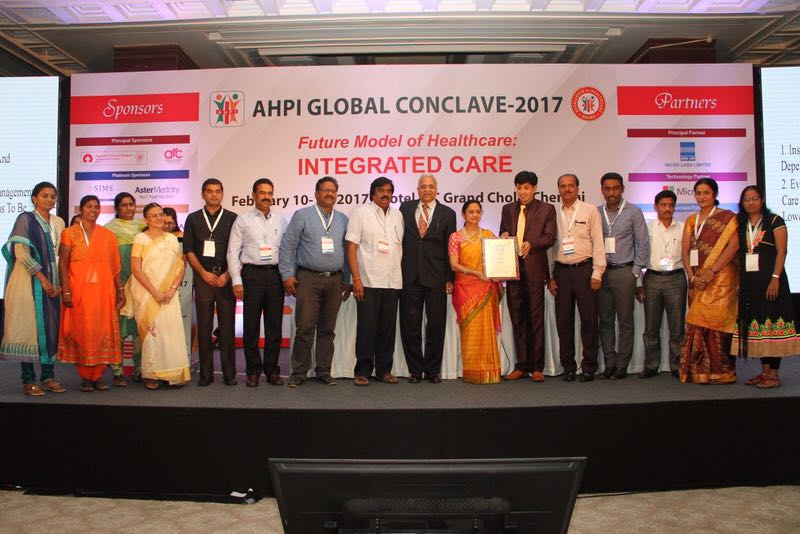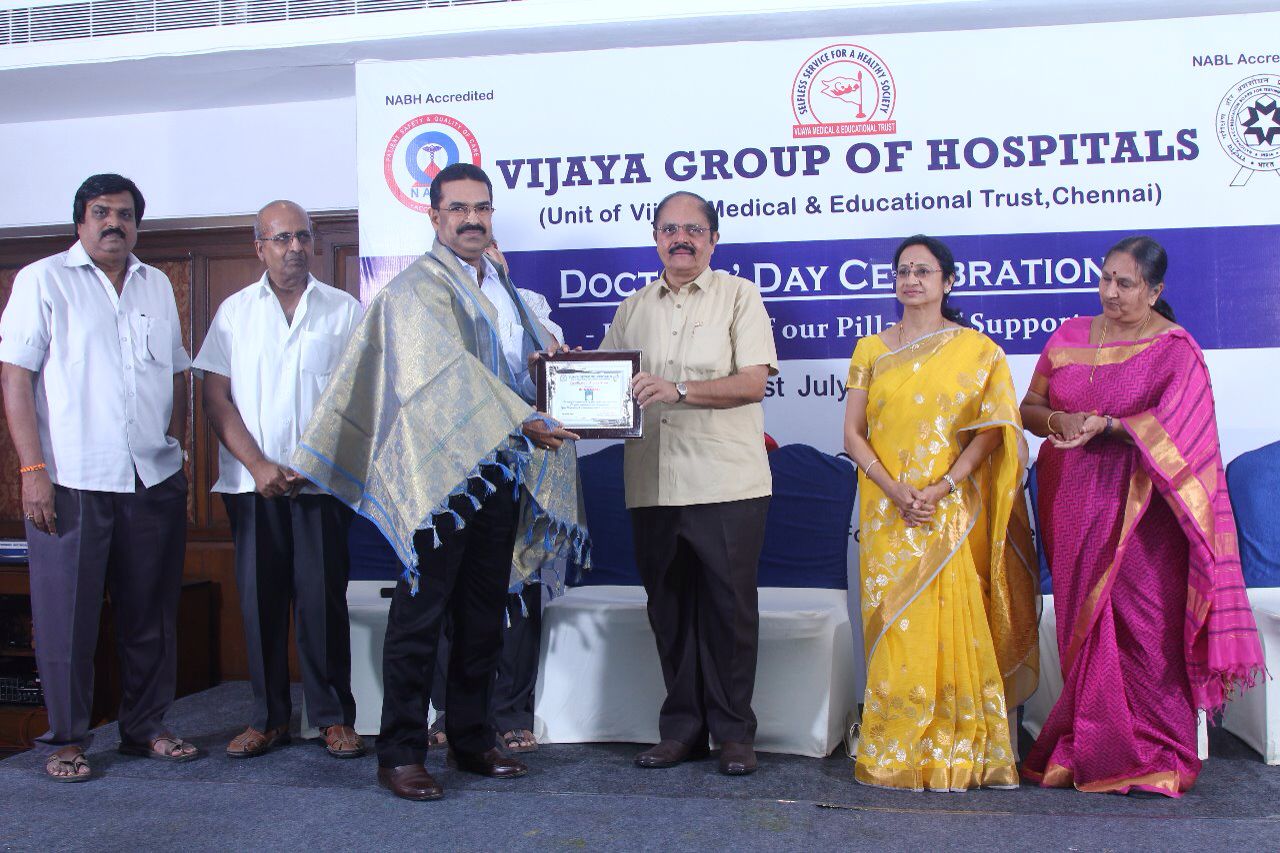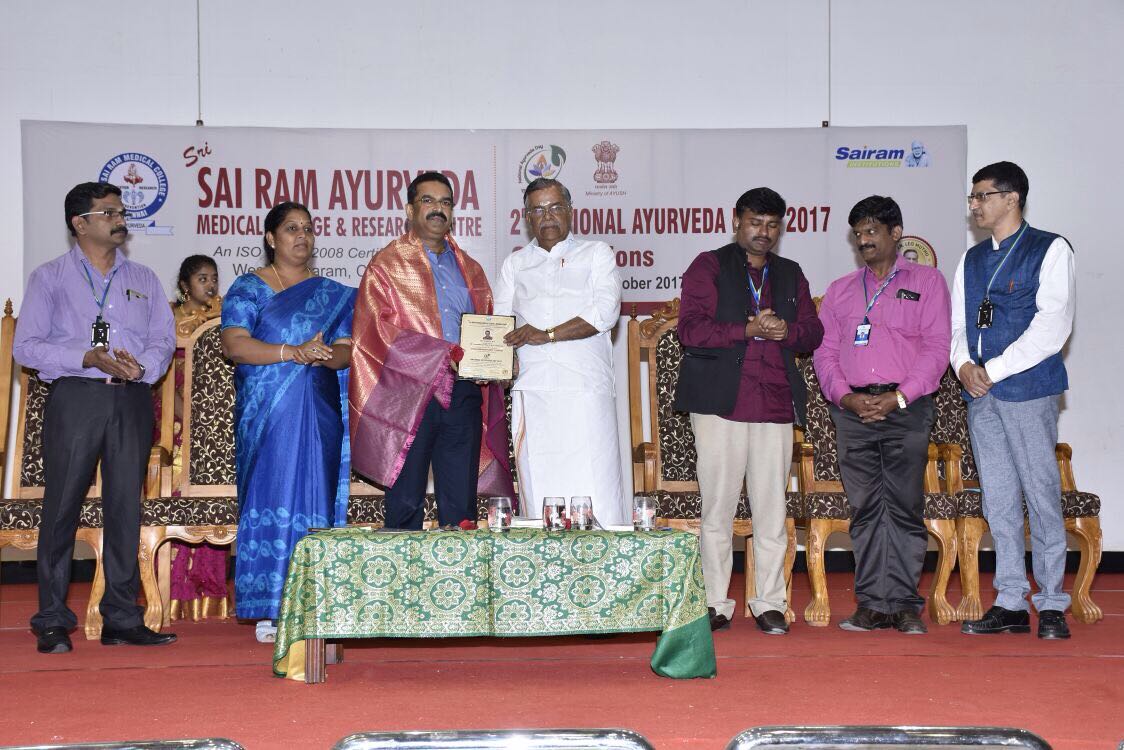Fracture is referred to as Bhagna in Ayurveda. A common scenario in day-to-day life, fracture is a main concern when anyone has a fall or is involved in an accident. At my Ayurveda clinic, fracture is a common complaint. So how does the bone recover after a fracture? What does Ayurveda treatment for fractures involve?
Let’s take a look!
A quick introduction about fractures
Fractures occur as a result of falls, or even at times when a person’s bones are weak because of osteoporosis or rare conditions that cause brittle bones. Ayurveda explains fractures or Bhagna as a break in the continuous structure of the bones, resulting in its lack of motion. A break in the bone can be a dislocation, also called Sandhi Muktha, or a fracture, also called Kanda Bhagna. Ayurvedic texts describe at least 12 types of dislocations and 6 types of fractures. The Ayurveda treatment of fractures is hence distinct for each type.
Symptoms and primary care
The symptoms of a fracture are quite well known. The excruciating pain, excessive swelling, and complete immobility are the characteristic symptoms of a fracture. Any amount of shifting weight does not resolve the pain. Ayurveda treatment recommends placing the suspected part of the body completely immobile and tying it securely using cloth. The patient must be immediately taken to the Ayurveda doctor for treatment. Avoid using other home remedies such as ice pack, which can worsen the condition.
Diagnosis and treatment
- Your Ayurveda doctor will first diagnose your condition by evaluating the appearance of the location. The doctor will then determine the type of fracture or dislocation and by using the touch-and-feel approach confirm the diagnosis.
- Since recovery from a fracture involves giving time for the new bone tissues to develop, the treatment focuses on enabling complete restoration of normal bone functioning. The time required to heal depends on other underlying conditions such as osteoporosis, the nature of the fracture, whether other regions such as the ligament are involved, and the age of the patient.
- Serious dislocation, multiple fractures or fracture to certain vital points requires expert attention. But the usual approach too requires an immensely skilled practitioner who can set the bones back to their original positions carefully, aligning it accurately. This is a critical step in correcting fractures of the bone.
- After this step the specific location has to be maintained immobile using splints, which are usually made from bamboo or wood. The fractured portion of the body is bandaged with the splint firmly and strongly to help facilitate bone tissue recovery.
- The bandage will need to be changed once in a while and the fractured portion treated with herbal formulations for enabling easy recovery. This approach also helps in healing the surrounding tissues.
- Another crucial aspect of fracture treatment is relief from pain, which is managed by external application of herbal oils and internal medicines.
- Oil massage only by experts helps ensuring quick recovery and that the bones set in the right shape. Supporting treatment approaches such as herbal packs and steaming helps control the inflammation. However, these must be performed only by well-trained experts.
Final recovery
Physiotherapy is a useful technique to gain back the lost mobility after the fracture heals. Minor exercises in a monitored environment helps in quick recovery. Heavy exercise is not encouraged, but after complete recovery, the patient can resume routine activities.












